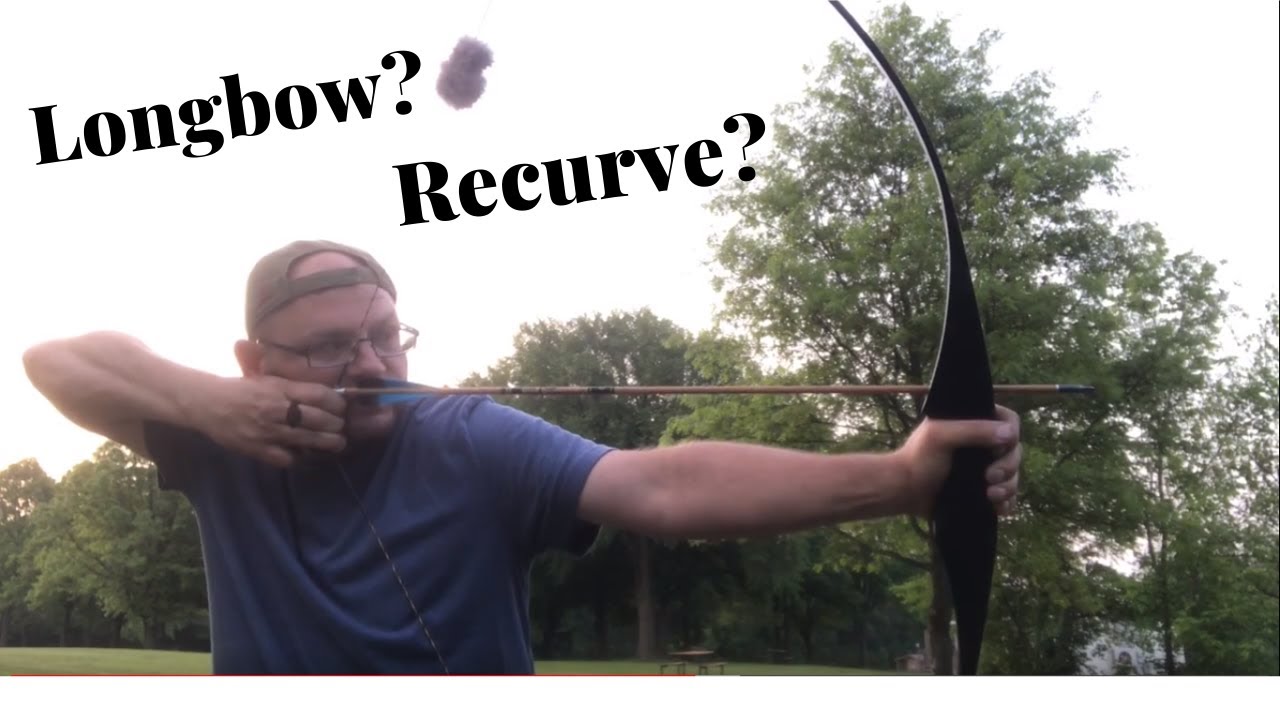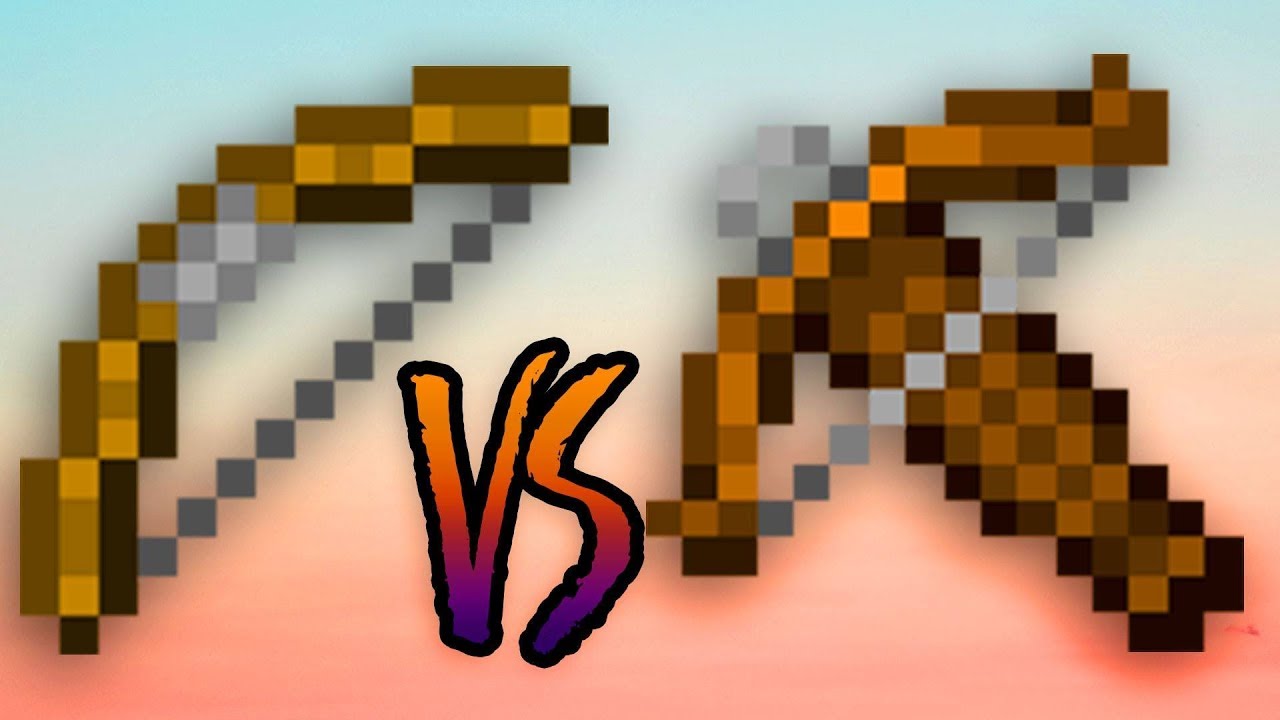The recurve bow and longbow differ in design and performance. We will discuss their key differences and compare them.
Recurve bows are known for their curved limbs while longbows have straight limbs. Recurve bows are shorter and offer faster arrow speeds with greater accuracy. On the other hand, longbows are longer and provide a smoother draw. Recurve bows are more suitable for beginners and target practice, while longbows are favored by traditional archers and hunters.
Both bows have their own advantages and it ultimately comes down to personal preference and purpose. Now, let’s dive deeper into the unique characteristics and functionalities of these two types of bows.

Credit: archeryforbeginners.com
Understanding Recurve Bows
Recurve bows have a fascinating history originating from ancient times. Their unique anatomy and characteristics make them distinct from other types of bows. Recurve bows are known for their curved limbs that help store and release energy efficiently. This design provides greater power and speed to the arrows shot from the bow.
However, these bows also have some disadvantages. Their complex construction can be challenging for beginners to handle and requires a longer learning curve. Moreover, recurve bows tend to be more expensive compared to other types of bows. Despite this, many archers prefer recurve bows due to their accuracy, versatility, and the rewarding challenge they offer.
Whether you’re a beginner or a seasoned archer, understanding recurve bows can help you make an informed choice when it comes to selecting the right bow for your needs.
Understanding Longbows
Definition and history of longbows can be traced back to ancient times. These bows, characterized by their simple design and long limbs, were used by various cultures throughout history. The anatomy of a longbow typically consists of a curved wooden limb and a string made of animal sinew or other materials.
Longbows have several advantages, including their long range and accuracy. However, they require a significant amount of strength to operate effectively. In terms of disadvantages, longbows tend to be larger and more difficult to transport compared to recurve bows. Additionally, they may take longer to master due to their unique shooting technique.
Despite these drawbacks, longbows retain their charm and are still appreciated by archery enthusiasts today.
Key Differences Between Recurve Bows And Longbows
Recurve bows and longbows differ in draw weight and power, with recurve bows typically being more powerful. The accuracy and distance of both bows vary, with longbows providing greater accuracy at shorter distances. Maneuverability and ease of use also set the two bows apart, as recurve bows are more maneuverable and easier to handle than longbows.
In terms of overall performance, it is important to consider these differences when choosing between a recurve bow and a longbow.
Comparing Performance Factors
When comparing recurve bows and longbows, several performance factors come into play. Firstly, speed and arrow velocity differ between the two. The recurve bow typically offers a faster arrow release, resulting in higher speeds. In terms of stability and accuracy, both bows have their benefits.
Recurve bows are known for their maneuverability, while longbows excel in their forgiving nature. When it comes to noise and vibration, recurve bows tend to be quieter due to their shorter limbs. On the other hand, longbows may produce more noise and vibration.
Lastly, the effort required for shooting varies between the two. Longbows require more strength and effort, whereas recurve bows can be drawn with less exertion. Overall, the differences and comparisons between recurve bows and longbows highlight the unique qualities each bow possesses.
Choosing The Right Bow For You
Choosing the right bow for you requires considering your skill level, purpose of usage, and personal preferences. Firstly, assess your skill level and determine whether you are a beginner or an experienced archer. Next, identify the purpose of using the bow, whether it’s for hunting or target shooting.
This will help you determine the specific features you need in a bow. Lastly, consider your personal preferences and comfort. Each bow type has its advantages and disadvantages, so it’s important to find one that feels comfortable and suits your preferences.
By taking these factors into account, you can make an informed decision when choosing between a recurve bow and a longbow.
Maintenance And Upkeep
Maintaining and taking care of your recurve bow or longbow is crucial for optimal performance. Regular string maintenance and replacement is essential to ensure accuracy and consistency. Be sure to inspect the string for fraying or signs of wear and replace it when necessary.
Proper bow care and storage is also important to prevent damage. Store your bow in a cool and dry place, away from extreme temperatures or humidity. Additionally, investing in the right equipment and accessories can help with upkeep. Consider using string wax to prolong the lifespan of your string, and a bowstringer tool for safe and easy string installation.
By following these maintenance tips and having the right tools on hand, you can keep your recurve bow or longbow in top shape for years to come.
Frequently Asked Questions For Recurve Bow Vs Longbow – Differences And Comparison
What Is The Difference Between A Recurve Bow And A Longbow?
A recurve bow is shorter with curved limbs that store more energy, while a longbow is longer and has straight limbs. Recurve bows are more powerful and easier to use for beginners, while longbows are known for their simplicity and tradition.
Which Is Better For Hunting, A Recurve Bow Or A Longbow?
Both recurve bows and longbows can be effective for hunting. Recurve bows offer more power and accuracy at shorter distances, making them ideal for hunting in dense vegetation. Longbows, on the other hand, provide a smoother draw and are better suited for longer ranges and open terrain.
Can I Use A Recurve Bow Or A Longbow For Target Shooting?
Both recurve bows and longbows can be used for target shooting. Recurve bows offer better accuracy and are widely used in olympic archery. Longbows, with their longer length and traditional appeal, can also be great for target shooting and recreational archery.
Which Bow Is More Suitable For Beginners, A Recurve Bow Or A Longbow?
Recurve bows are often recommended for beginners due to their shorter length, ease of use, and ability to accommodate different draw weights. They offer more forgiveness and are easier to shoot accurately. Longbows, with their longer length and more traditional design, may require more practice and strength to master for beginners.
Are Recurve Bows Or Longbows More Expensive?
The price of both recurve bows and longbows can vary depending on factors such as brand, materials used, and additional accessories. Generally, recurve bows tend to be more affordable as they are more widely produced and have a simpler design.
Longbows, being more traditional and often handmade, can be more expensive due to craftsmanship and materials used.
Can I Use A Recurve Bow Or A Longbow In Competitions?
Both recurve bows and longbows can be used in various archery competitions. Recurve bows are commonly used in olympic archery competitions due to their accuracy and consistency. Longbows, with their traditional appeal, can also be used in traditional and historical archery competitions.
It ultimately depends on the specific rules and regulations of the competition you want to participate in.
Conclusion
Ultimately, choosing between a recurve bow and a longbow comes down to personal preference and intended use. Both bows have their own unique characteristics and advantages. Recurve bows offer speed, accuracy, and versatility, making them ideal for hunting and target shooting.
On the other hand, longbows provide simplicity, tradition, and a smooth shooting experience, appealing to traditional archery enthusiasts. When considering factors such as skill level, shooting style, and desired purpose, individuals can make an informed decision. It is important to prioritize comfort and familiarity, as well as take into account the specific requirements of the chosen activity.
Whether choosing a recurve bow or a longbow, both options offer a connection to the ancient art of archery and the thrill of sending an arrow soaring through the air with precision and power.

General Manager & Auditorial Head.
Killian Jake is a World Sports Traveler and hobbyist sports lover. By exploring different sorts of playing modules like indoor, outdoor, and many more. As for professionalism and writing, it’s helpful to give you the right suggestions on different games and sports.





